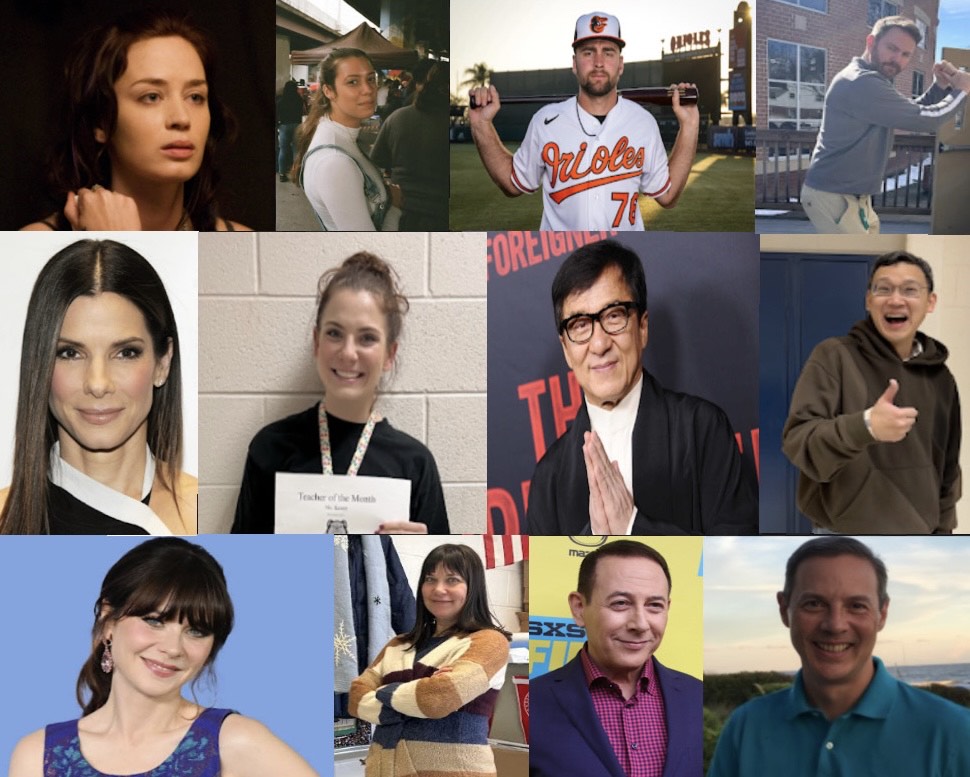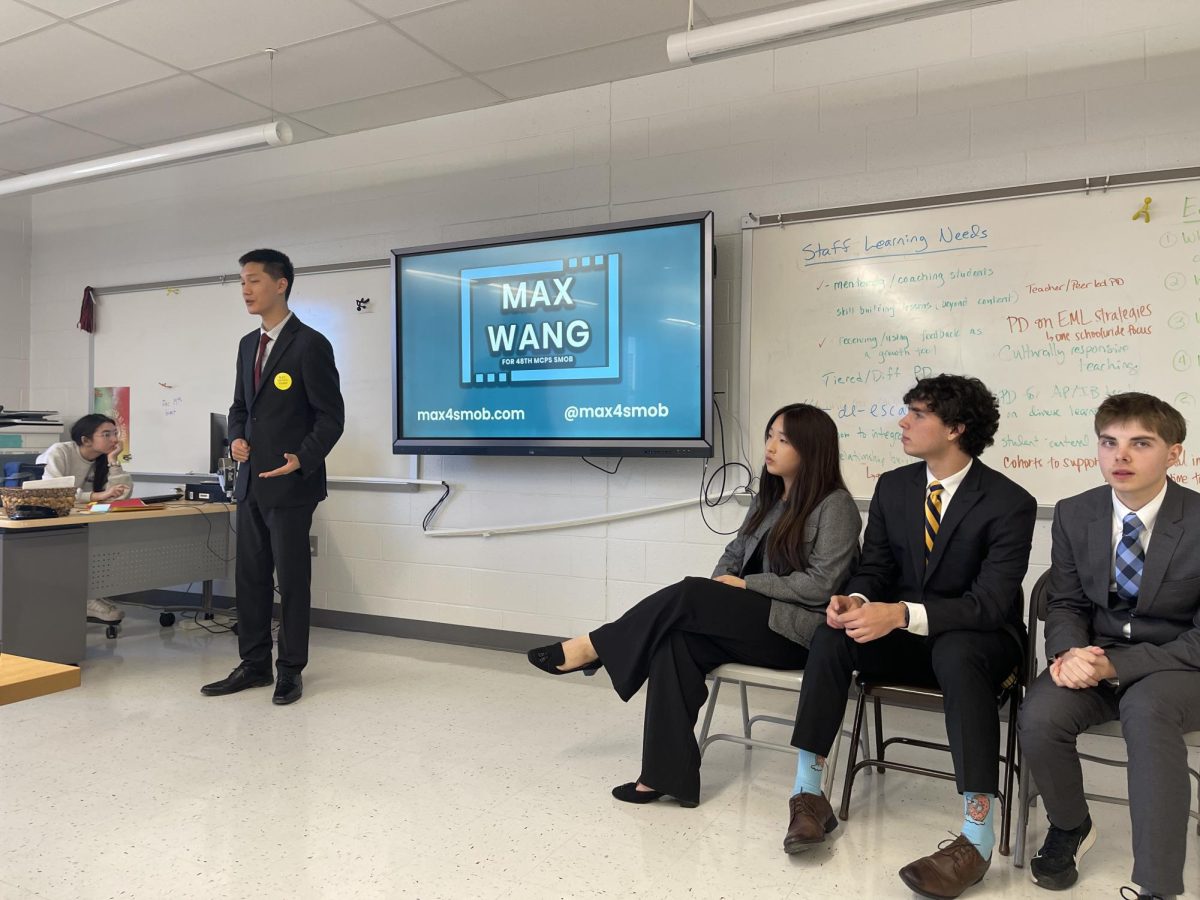Bobby Fischer’s capacity to remember chess moves long after they were made, Lu Chao’s ability to recite 67,890 digits of pi, and Truman Capote’s infamous talent for never needing to take notes are all admirable feats. However, they do not qualify as perfectly photographic memories because a purely photographic memory is a myth.
The phenomenon that these masters of memory and what between two and 15 percent of children and few adults possess is actually eidetic memory, which is defined as the ability to recall images, sounds or objects in memory with extreme accuracy and in high volume.
According to a March 2006 Psychology Today article, though eidetic memory has high levels of accuracy, the memories do contain errors, and the visions fade in a short period of time, sometimes after only half a minute.
Despite this, there are key differences between eidetic memory and basic visual memory, which is what an average person has.
According to a March 2007 Scientific American article, eidetic images differ from after-images, images drawn from memory, because after-images move as the eyes move and are usually a different color from the original image. Also, while after-images generally remain static in one’s memory, eidetic images fade part by part without the control of person who recalls it.
There are, however, some similarities between after-images and eidetic images. Because both images are reconstructed from memory, they are subject to influence from the subconscious that can alter the accuracy of the memories.
According to the Scientific American article, eidetic memories are not associated with other abilities, such as high intelligence.
Some students claim to have photographic memories. While there is no scientific evidence to support this, their ability to recall images with accuracy is likely due to eidetic memory.
“I remember things visually—exactly how they happen,” junior Danny Campbell said. “It’s stills, individual shots. It’s like you take a picture, and everything that happened in that picture is there right after.”
Campbell said he uses his memory to do his school work.
“I don’t have to take notes,” Campbell said. “My brain is my notes. I just look at stuff and remember what it looks like in the book and where it is in the book. I can remember what teachers say based on where they point.”
Campbell’s memorization skills do not always benefit him, however.
“It’s kind of hard to study when you can’t focus because it’s hard to take a good picture,” Campbell said.
Some teachers have suspected that their students have eidetic memories and find that it has varying effects in their respective courses.
“There are times where we quickly go over a primary source or a slide on a Powerpoint very quickly, and there are some students who are able to recognize what we went over immediately—[that’s when] you can suspect,” Van Tassell said. “I’ve suspected kids that just watched and listened for 165 days and took the exam and knocked it out of the park, but I don’t know that they weren’t total book worms at home.”
AP Biology teacher Anat Schwartz finds that eidetic memories are not entirely beneficial in her class and is skeptical that they exist at all.
“It’s the students that say they’ve read it once and understand it the next day,” Schwartz said. “I’m not a believer in the photographic memory. I think what’s happening is as the person is reading it, they are able to conceptualize and process it. That’s why they can recall and retain it. I think it’s more that they are attentive readers.”
Schwartz also finds that eidetic memories are not helpful to students when they write essays.
“I think that people that memorize only regurgitate and it’s obvious in the essays,” Schwartz said. “People that listen attentively or read attentively can bring back the visuals and explain them well—and retain it for the long term.”
Chemistry and Matter and Energy teacher Dr. Chester Hwang, who believes in eidetic memory, thinks that the memories of young people are bolstered by their use of the Internet.
“They see text on the Internet so rapidly, so they are used to memorizing a lot of things,” Hwang said. “Their logic is very good, but at the same time they have great memorization.”
Van Tassell also believes that many students mistake their memorization abilities with eidetic memories.
“I feel like some students may perceive that they have a photographic memory because they go through the day soaking up information like a sponge, and they may go home and look at their books and see everything reinforced,” Van Tassell said. “That may not be a photographic memory.”
Students might wonder whether it is possible to train the brain to use eidetic memory, but this has been a source of contention between the business sector and the research community.
While some online websites claim to sell training programs, according to a March 2007 Scientific American article, Alan Searleman, who published of one of the most comprehensive research studies of eidetic memory, argued it would be impossible to teach eidetic memory because scientists do not understand what brain mechanisms are responsible for it.
Categories:
Are photographic memories merely a myth?
By By Andrea Mirviss
Editor-in-Chief
December 22, 2010
Story continues below advertisement
0
More to Discover







